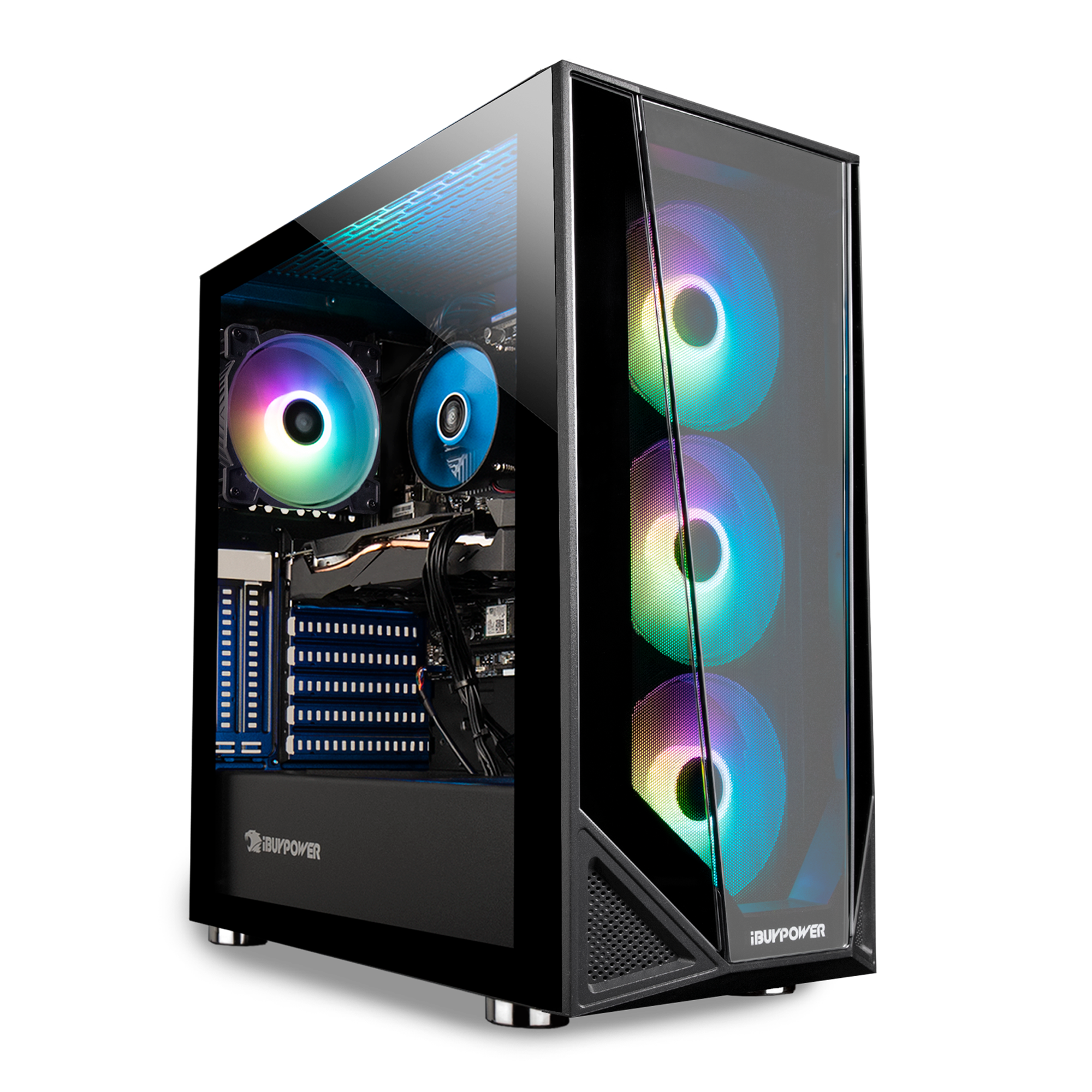

There was four at the launch of the Core i5-2xxx lineup and three remain in the 3xxx lineup.

This processor generation has more of the latter and fewer regular ones. This is what the Ivy Bridge lineup looks like today, excluding power-efficient models. Yet these models will surely be more popular than their higher-end counterparts. Thus we can conclude that entry-level Intel Core i5 and i7 processors are not the most mainstream, being a bit too expensive for the common user with a CPU budget maxed out at $200. It will easily provide extra 400 MHz, entry-level models included, while getting to about 5 GHz will be a challenge even on high-end models due to worse heat dissipation. Even if you don't have any serious overclocking in mind, you shouldn't forget you still have Limited Unlocked Core in 3rd Generation processors. They also work slightly faster at the same clock rates due to the improved Turbo Boost. At the same time, there is no reason to buy regular Sandy Bridge processors because entry-level Ivy Bridge CPUs cost the same but consume less energy by default. The rest of buyers don't need to pay extra for unlocked multipliers. Because of that, overclockers may still consider going for 'old-timers' like Intel Core i5-2500K and i7-2600K which are easier to overclock with air coolers.

The second reason is a large increase in heat dissipation in Intel 3x70K models (due to smaller dies). We're not talking about Intel Core i5, because games might not be the only reason you buy a processor. For an economical user, this may be significant. First, they are cheaper, allowing you to save as much as 35-50 dollars (just like buying a Radeon HD 6670 instead of an HD 7750 or a Radeon HD 6930 instead of an HD 7770). All the more, entry-level models spark buyer's interest for two reasons. Quadcore Ivy Bridge processors have gained much popularity, so it's high time we took a good look at those lineups.


 0 kommentar(er)
0 kommentar(er)
